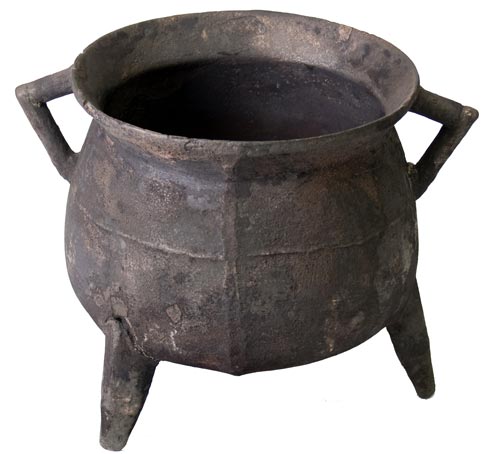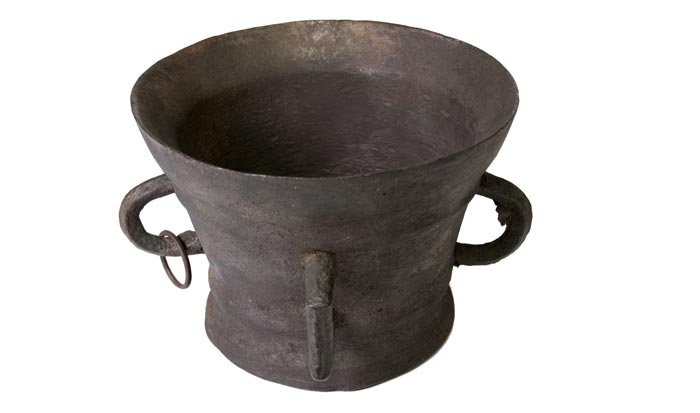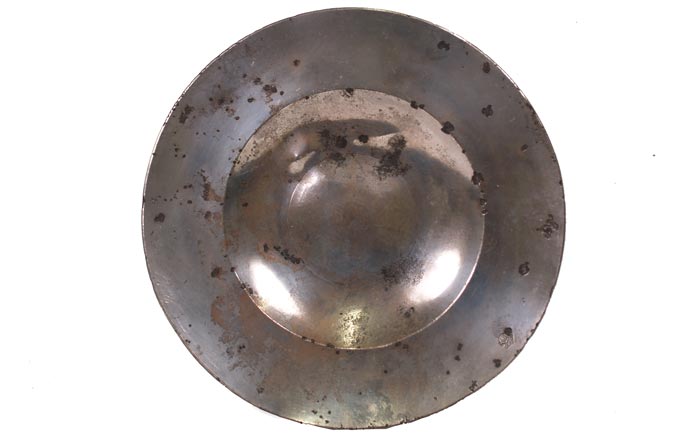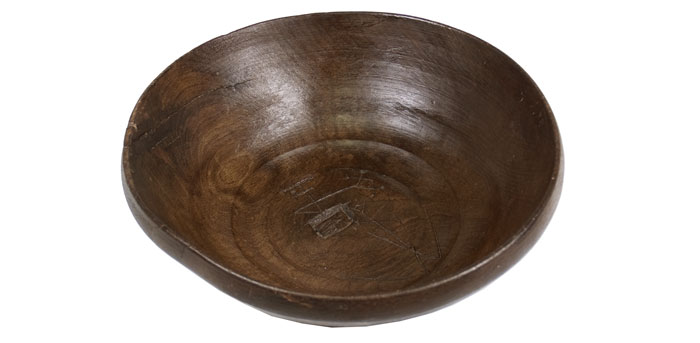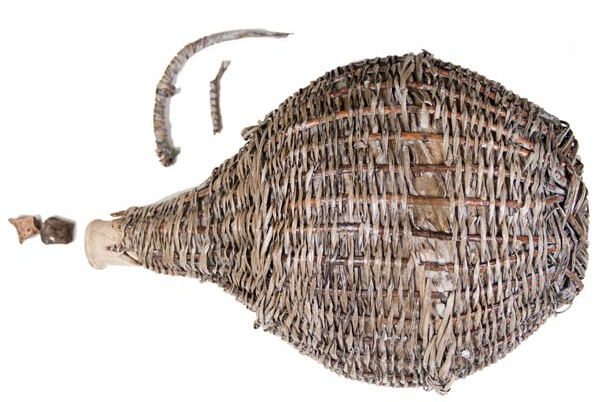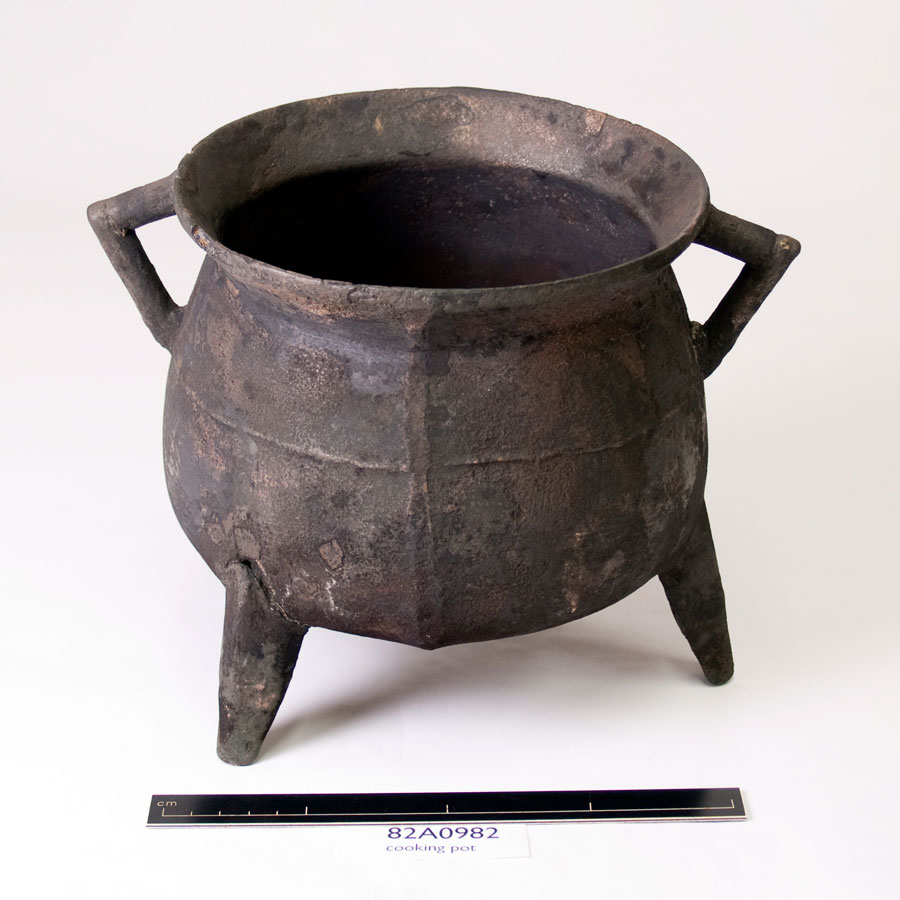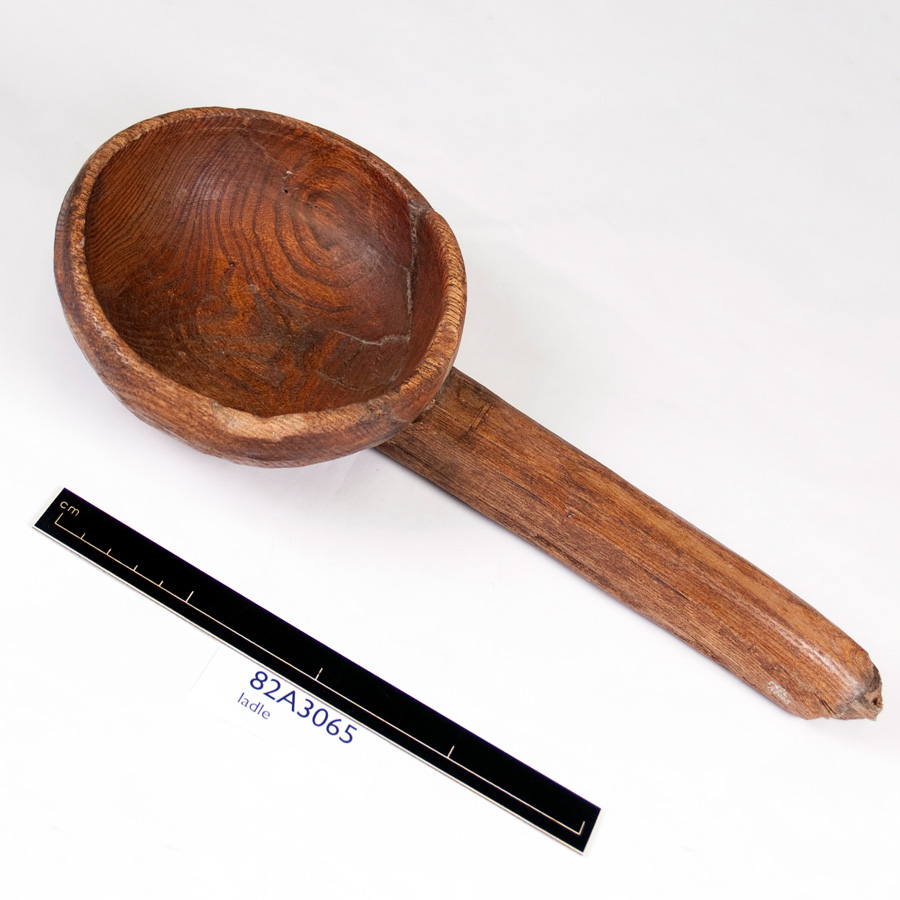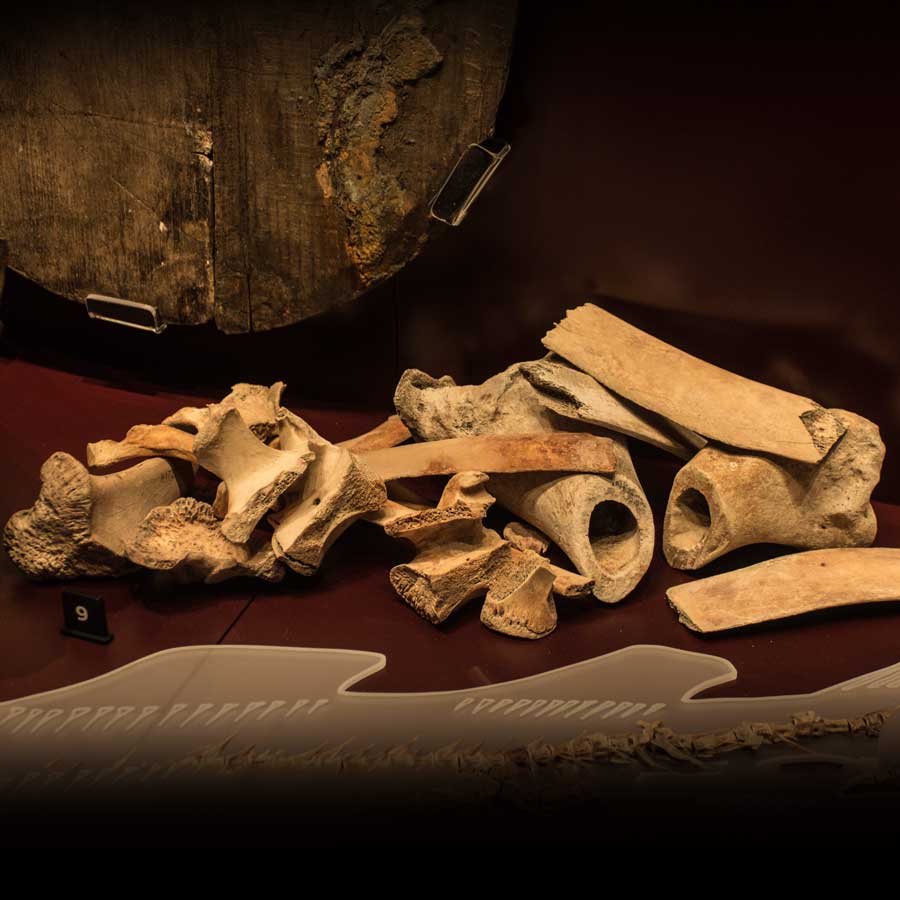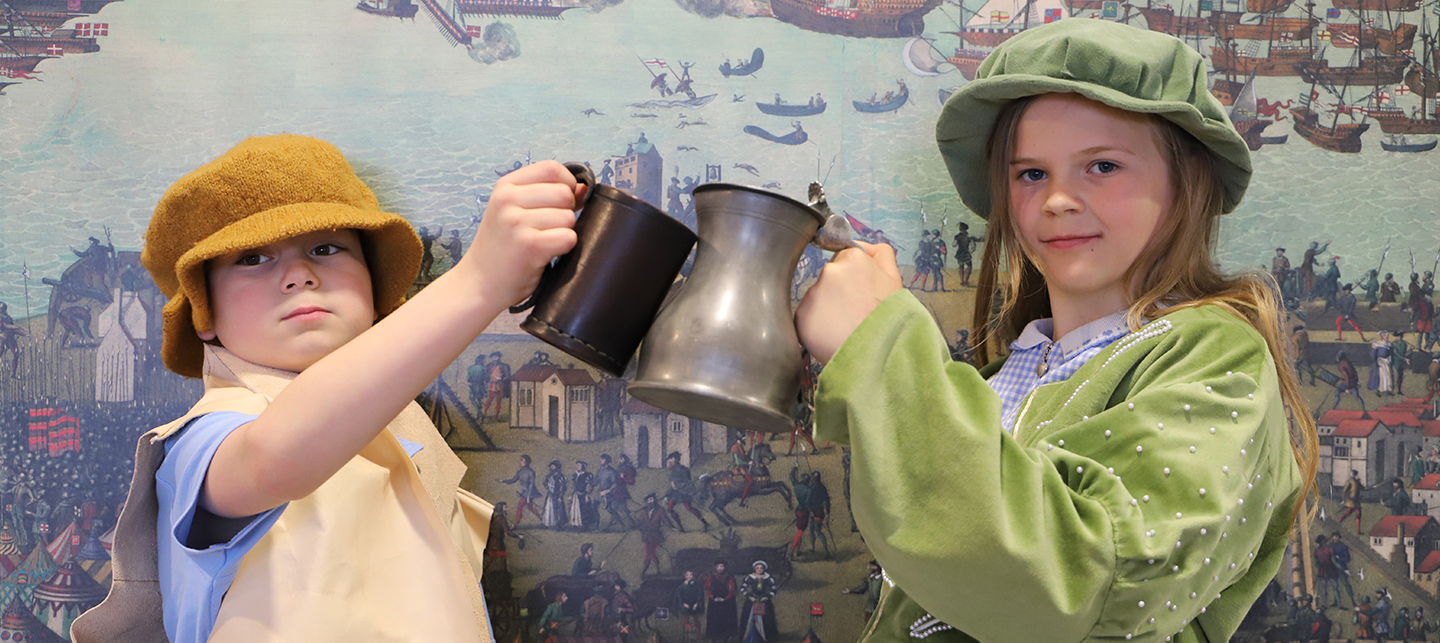Feeding the men
The crew of the Mary Rose ate from wooden plates, dishes and bowls. Like the officers, they used knives, spoons and their fingers to eat.
Tudor sailors lived mostly on salted beef, salted fish and ship’s biscuits. They had meat four days a week and fish on the other three. We know the crew ate other foods like cheese and butter, but we didn’t find any on the Mary Rose.
Beef

The English were famous for their love of beef.
It was one of the main parts of the mens’ diet on the Mary Rose. Each man got about a kilo of meat every day.
As there were no fridges or freezers in Tudor times, meat was salted and packed in barrels so it would last a long time.
Barrels full of cattle bones were found on the orlop deck of the Mary Rose.
Pork
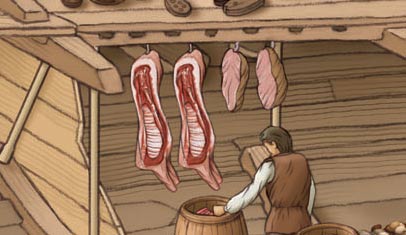
Lots of pig bones were found on the orlop deck.
These bones weren’t found in barrels. They might have been fresh supplies or salted and hung up.
From the way it was stored, it’s possible that pork was going to be their main meal the next day.
Bread and biscuits
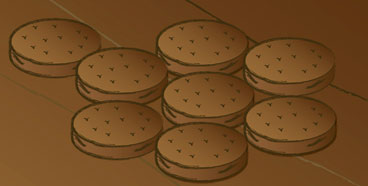
Ordinary bread wouldn’t keep very well on board ship, so the navy had special bread made.
Ship’s biscuits are made of flour, water and salt. They were baked twice to make them as dry and hard as possible.
The crew of the Mary Rose would each be given eight biscuits a day.
They probably put them in their plates or bowls and put the meat and fish on top. The gravy would soften the biscuits, otherwise they’d be too hard to eat!
Fish
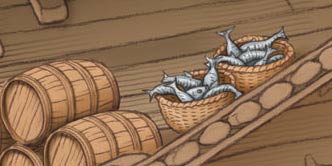
These fish were big salted cod, which would have been cut up and boiled to make fish stew. These fish would have been nearly 1 metre long, and their heads had been cut off.
Recent study of the fish bones shows that they were caught near Newfoundland, off the coast of Canada!
At least one man on the Mary Rose caught his own fresh fish. We found fishing gear in one of the wooden chests. There were wooden handlines and floats made from cork and willow, and a lead weight. There was also a disgorger – a tool for getting the hook out of the fish – in the same chest.
Fruit and vegetables
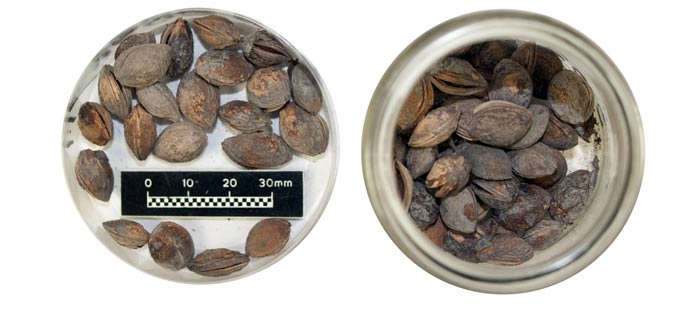
Most of the crew of the Mary Rose would not have eaten fresh fruit and vegetables on board the ship.
Just about the only fruit we found on the wreck was a basket full of hundreds of plum stones. We don’t know for certain whether these were from fresh plums or dried ones (prunes). These plums may well have belonged to one of the officers.
We also found apple pips and cherry stones, and crew’s rations included dried peas. They weren’t getting their ‘five-a-day’, but their diet was probably better than you might think!



